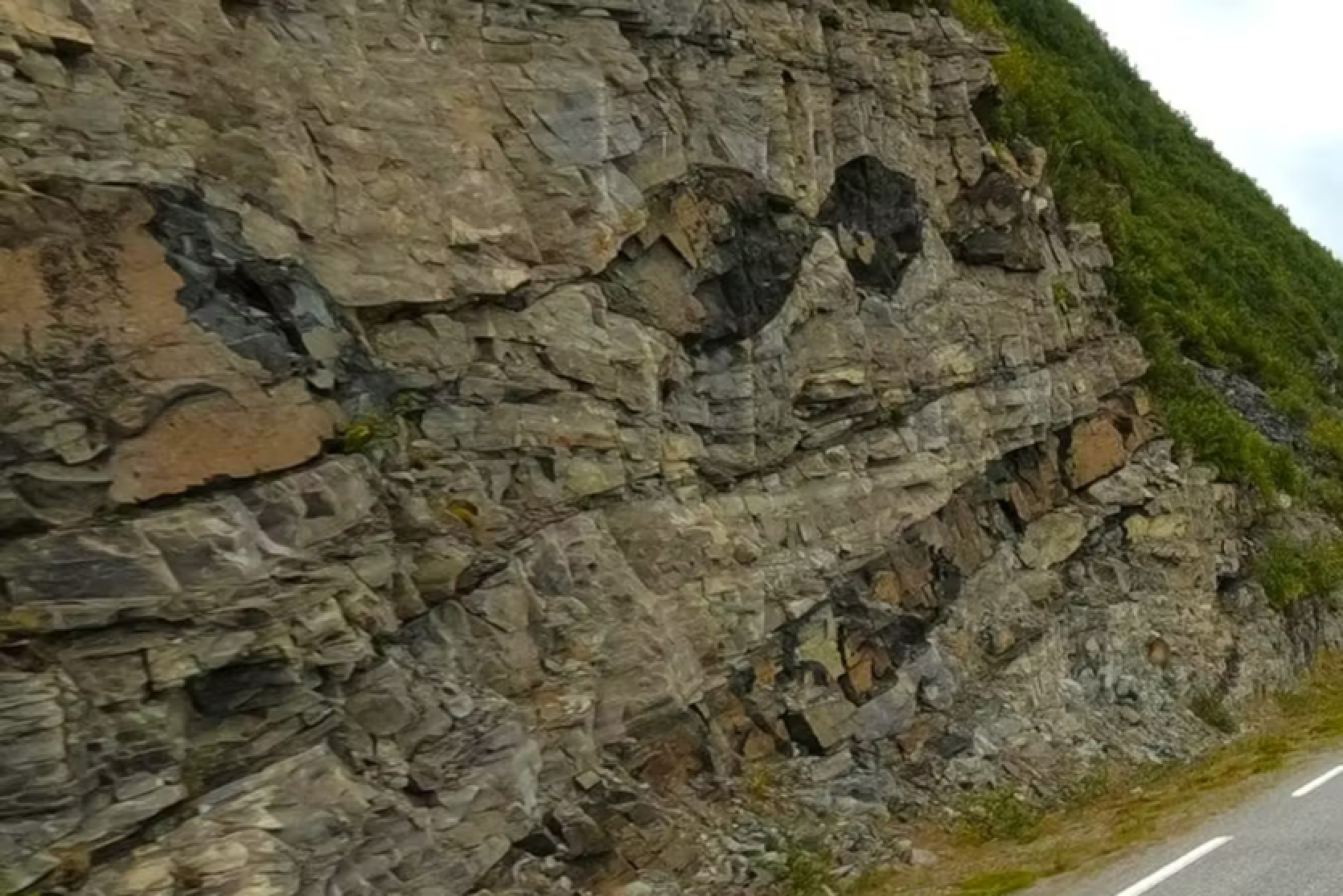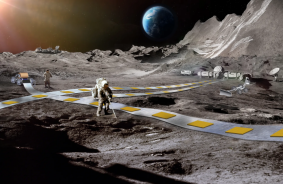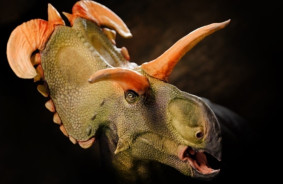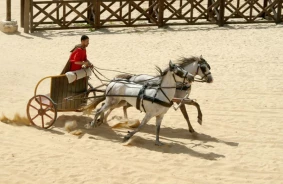Earth "was born" about 4.5 billion years ago. To understand its long history, scientists study the rocks and minerals it consists of. Rocks in Australia, some of the oldest on Earth, are located 700 km north of the city of Perth—about 4 billion years old. In a new study, scientists found evidence of rocks of the same age south of Perth, indicating that ancient rocks cover a much larger area than previously known.
Ancient rocks in Australia are crucial for understanding early Earth. They tell the story of how continental crust formed and evolved, forming the foundation of the land. Without it, there would be no fresh water, it is rich in mineral resources.
Most of the ancient continental crust is deeply buried or significantly altered by the external environment. There are only a few exposed areas where researchers can directly observe it. To understand the age and composition of the hidden crust, scientists rely on indirect methods like studying eroded minerals preserved in upper basins or using remote sensing. However, there is another way to peek into the deep crust and, if lucky, even retrieve a sample.
Earth's crust is cut by magma veins, which can extend from its upper part to the Earth's mantle. These structures, known as dikes, can originate from depths of at least 50 km. They can transport small amounts of minerals from deep within to the surface, where they can be found and studied. Scientists have found evidence of ancient buried rocks by dating zircon grains from one of these dikes.
Zircon contains trace amounts of uranium, which decays over time to lead. Precisely measuring the lead and uranium ratio in zircon grains allows determining when this grain crystallized. The method showed that the analyzed zircon crystals date back 3.44 billion years.
Zircon is encapsulated in another mineral, titanite, which is chemically more stable than zircon. The stability of titanite armor protected the ancient zircon crystals from chemical changes, pressure, and temperature when the dike moved upwards. Unshielded zircon crystals in the dike were heavily altered during the journey and lost isotopic records.
The dike itself, dated to about 1.4 billion years, offered a unique window into the ancient crust that would otherwise remain hidden. One of the reasons for the importance of understanding the deep crust is that people often find metals on the boundaries between blocks of this crust. Mapping these blocks can help identify areas to explore the potential for extraction.
Source: The Conversation














Comments (0)
There are no comments for now